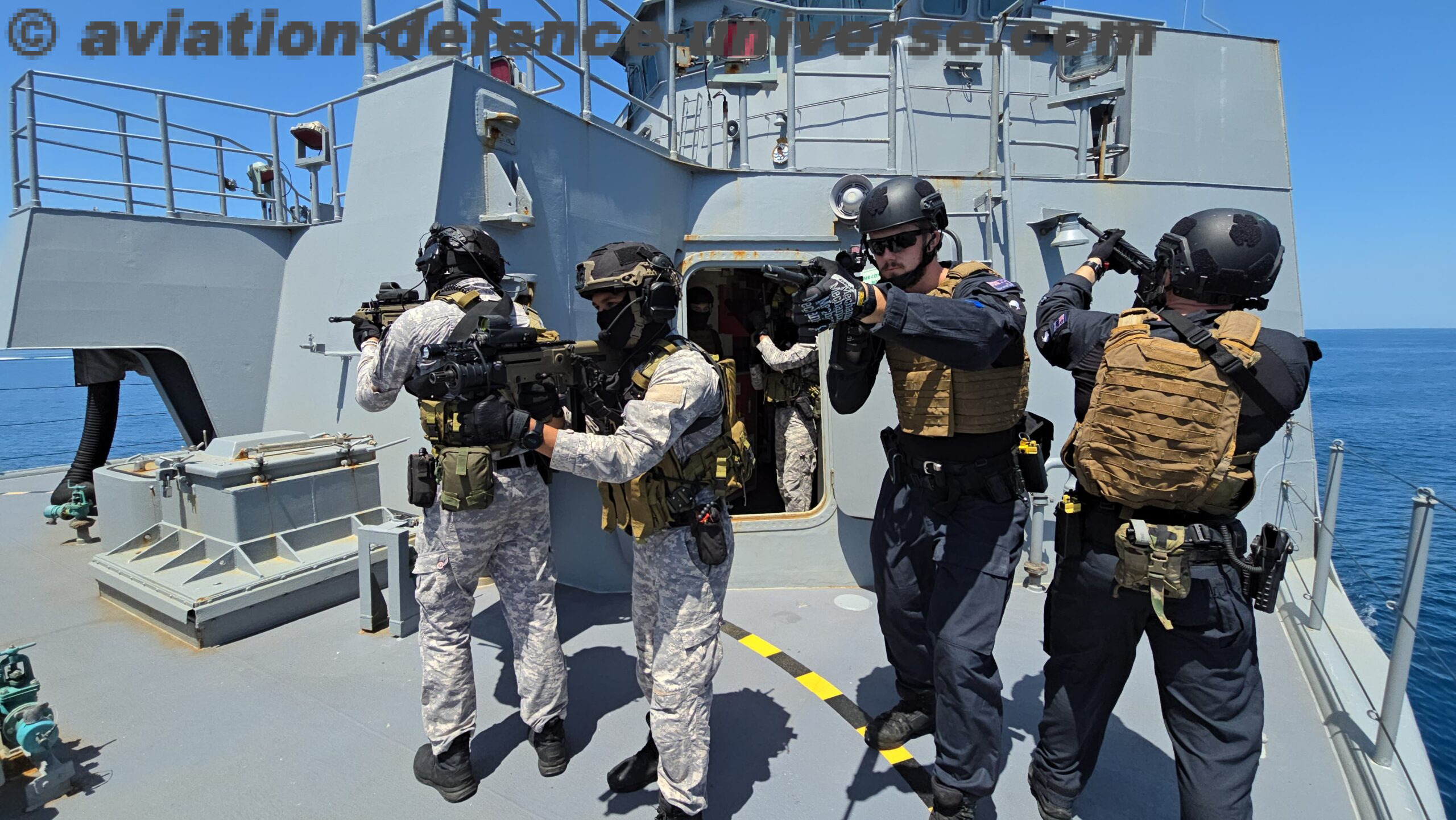Farnborough, UK. 11 July 2016. COMAC (Commercial Aircraft Corporation of China, Ltd.) held two signing ceremonies for a total of 90 ARJ21 aircraft powered by GE’s CF34-10A engines. The CF34-10A engines in the orders are valued at more than $1.5 billion (USD) list price.
AVIC Leasing, a subsidiary of Aviation Industry Corporation of China (AVIC), signed an agreement to purchase 30 CF34-10A-powered ARJ21 aircraft. Friedmann Pacific Asset Management Limited (FPI) and China Aircraft Leasing Holding Group Limited (CALC) signed a commitment to purchase 60 CF34-10A-powered ARJ21 aircraft. FPI plans to operate the new aircraft as part of a new airline being established in Indonesia.
“COMAC’s ARJ21 aircraft has had an outstanding year with entry into service of the aircraft with Chengdu Airlines last month,” said Weiming Xiang, president of GE Aviation Greater China Region. “This order for additional CF34-10A-powered ARJ21 aircraft is another exciting milestone for the program, and GE Aviation is proud to be part of such an important aviation program in China.”
COMAC launched the ARJ21 program in 2002, and GE’s CF34-10A engine was selected as the powerplant in the same year. The aircraft received Type Certificate from the Civil Aviation Administration of China (CAAC) in late 2014.
The advanced technology of the CF34-10A engine, part of GE’s CF34 family, is ideally suited to the design requirement of the ARJ21 aircraft and meets the demanding conditions of China’s diverse environment, specifically the hot temperature and high altitude conditions experienced on many routes in Western China. The engine will provide the thrust capability to meet aircraft performance requirements and also offer customers low-cost operations with a highly reliable, easily maintainable propulsion system.
Based on the CF34-10E engine, the key CF34-10A design features include: a wide-chord fan for higher thrust and high tolerance to foreign object damage; 3-D aerodynamic design airfoils in the high-pressure compressor for highly efficient, stall-free operation, as well as better fuel burn and higher exhaust gas temperature margins; a highly durable single annular, low-emissions combustor that meets or surpasses the most stringent emissions standards; and a single-stage high-pressure turbine for lower operating cost.
























































































































